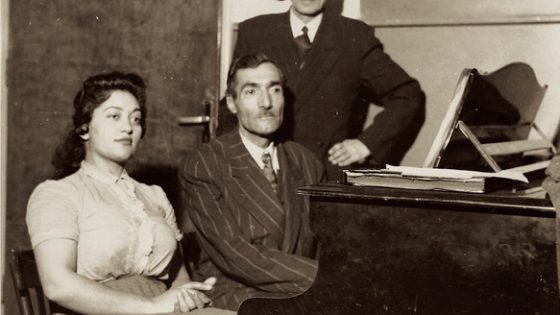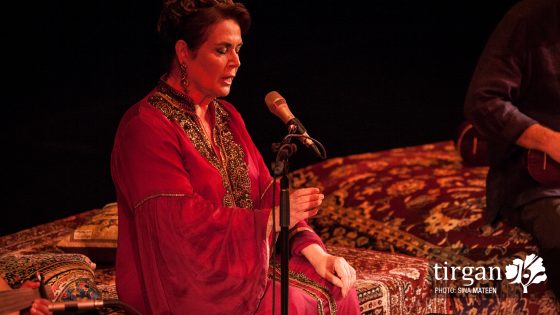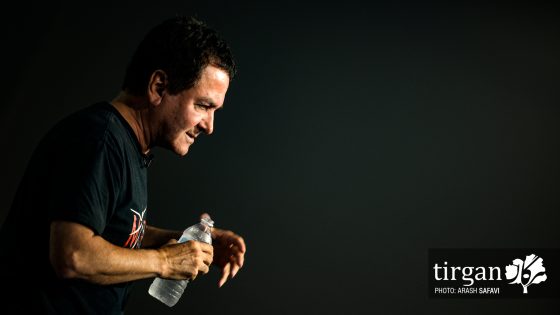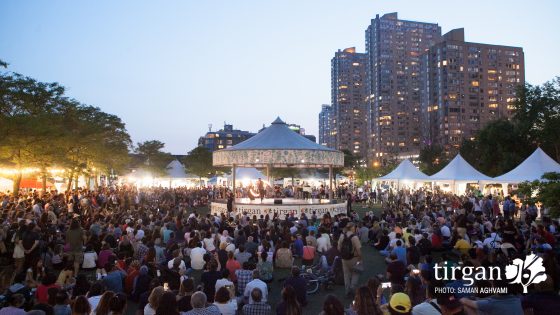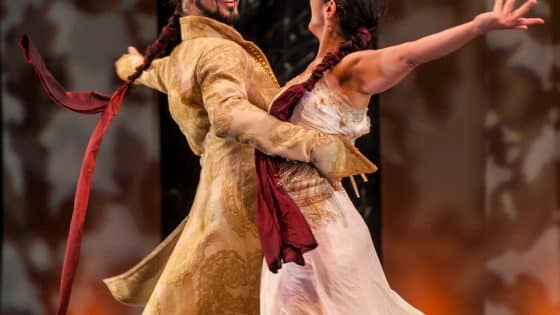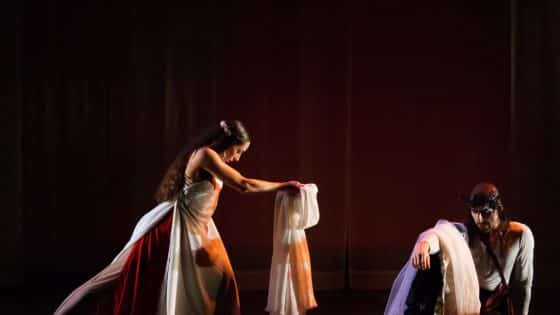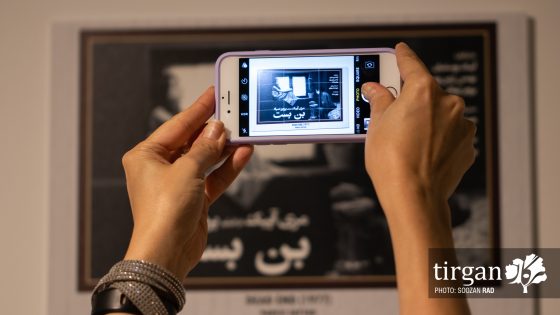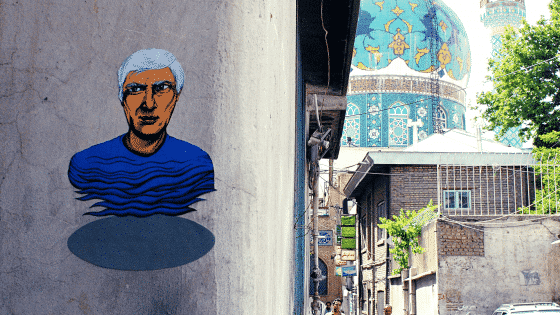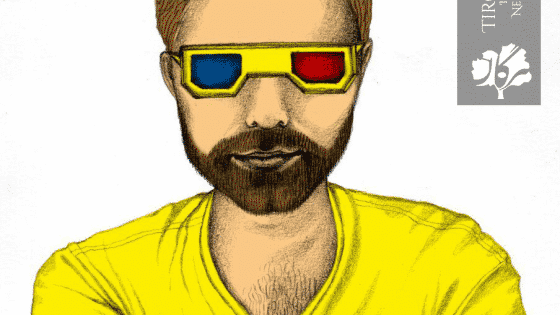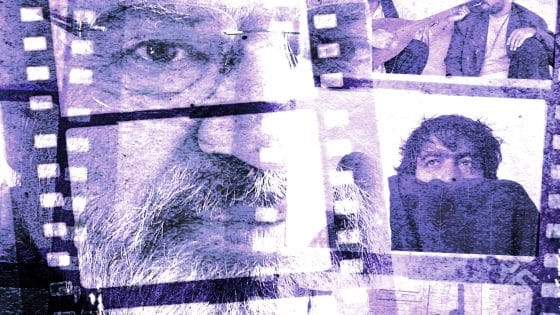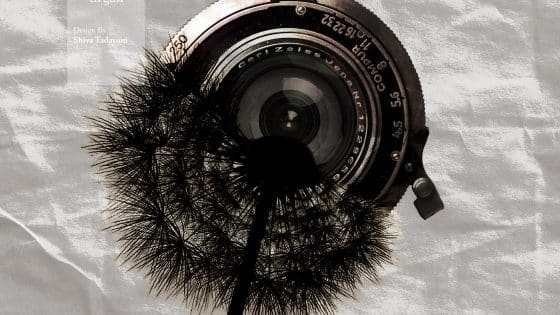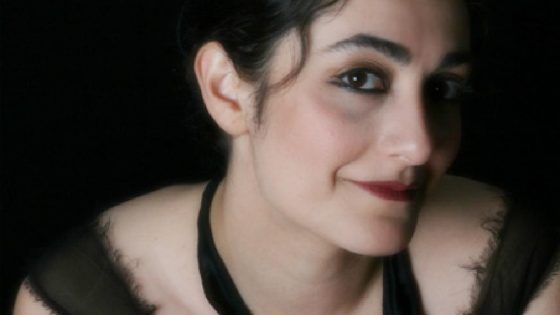on
Nose jobs are a lucrative business in Iran, so much so that Tehran is frequently referred to as the “nose job capital of the world”. A recent report commissioned by the International Society of Aesthetic Plastic Surgery (ISAPS) claims that more than 37,000 nose jobs were carried out in Iran in 2013. Other sources suggest that the figure is much higher, but even going by ISAPS’s estimate Iran is the world’s fourth largest nose job market in absolute terms (surpassed only by the USA, Brazil and Mexico). Iranians not only show a comparatively higher preference for nose jobs (medically termed ‘rhinoplasty’) than the world’s other big cosmetic surgery markets, but they also follow a particular aesthetic. The tendency in Iranian nose jobs is to remove bumps and to reduce or lift the tip of the nose.
Iranian surgeons advertise this look through before and after pictures on their websites and in magazines. At the same time, patients’ casual use of terms such as ostokhooni (bony) and gooshti (meaty) to describe crooked and large noses, respectively, indicate strikingly how codified these aesthetic preferences have become. Patients and surgeons often talk about these preferences matter-of-factly; as if they approximate universal standards of beauty. But uncomfortable questions regarding race and ethnicity quickly emerge. Why do so many Iranians view their noses to be in need of repair? We know that the plastic surgery literature singles out the ‘Middle Eastern’ nose as particularly prone to what it calls ‘bony humps’ and ‘ill-defined’ tips. But even if this is true—and there are actually many Middle Eastern, including Iranian, noses that do not fit this description—then why is it such a bad thing? One argument runs that small straight noses are not inherently more attractive. Rather, the aesthetic is a beauty ideal that originated in Europe and America as a way of distinguishing and privileging ‘white’ identity. Historical records do show that the modern practice of rhinoplasty began in Europe at the end of the 19th century, and that the practice was particularly popular amongst immigrants to the United States and German Jews who wished to escape racial stigma.
Feminist academics have extrapolated from this history to analyse ‘ethnic’ cosmetic surgery more generally, such as why so many Chinese, Japanese and Korean women choose to increase the size of their noses and widen the shape of their eyes. Some argue that the cultural power of the West (upheld in part by the capitalist system) promotes these Western beauty norms through film and visual media. Almost ironically, a variant of this thesis can be found in more jubilant media reports that Iranian rhinoplasty reveals Iranians’ rebellious love of the West. The history of Iranian rhinoplasty does, in part, point to Western influence. It seems that rhinoplasty was first popularised in Iran amongst wealthy Iranian women during the time of the Shah. These women, who were more exposed to Western culture, are rumoured to have started travelling abroad to receive rhinoplasty as early as the 1950s. Around the same time, a surgeon named Dr Cyrus Ossanlou established the first Iranian centre for plastic surgery. Ossanlou and his students drew increasing numbers of patients through the 1960s and 1970s, after which the industry grew into what it is today. While this history might help explain the development of Iran’s rhinoplasty aesthetic, it doesn’t really prove that rhinoplasty is uniformly motivated by a desire to look ‘more Western’ or ‘less Iranian’. As fashions move cross-culturally, their significance can change too.
Iranian women in the 1960s could not reasonably have felt the daily discrimination that ethnic minorities in the USA were apparently seeking to escape, even if those women did follow Western beauty ideals glamourized by Hollywood. And so the ethnic significance of rhinoplasty was blunted in the Iranian context. Instead, rhinoplasty took on added meaning as a sign of wealth and social distinction as it was primarily practiced amongst affluent upper class women. Over time, it seems the ethnic significance of rhinoplasty decreased further, as the practice became more embedded in class and gender expectations. These days, nose jobs are relatively more affordable in Iran, but continue to be most prevalent amongst Iran’s more affluent middle and upper classes. The majority of patients are young women, for whom personal appearances factor more heavily in their life prospects, but many men undergo the procedure too. For both genders, an ‘ill-proportioned’ nose can not only be unattractive but also indicate a lack of resourcefulness and sophistication. Given these standards and the prevalence of rhinoplasty, choosing not to ‘correct’ an undesirable looking nose can sometimes be more difficult than opting for the procedure. The most common reasons I have heard for nose jobs are patients’ own desires to boost confidence and attractiveness. Yet others have also cited encouragement or even intense pressure from family and friends.
While some may joke about Iranian noses being larger, few articulate a desire for their bodies to look more European or American. So while it is difficult to disentangle the origins of Iranian rhinoplasty from the West, it is clear that the practice has now taken on a life and meaning of its own. Blanket claims that Iranians seek to ‘Westernise’ their features through rhinoplasty are misleading, especially where they assume values and motivations that people simply might not have. Nevertheless, as with so many forms of plastic surgery practiced all over the world, it is hard to deny that rhinoplasty promotes social conformity at the cost of individuality and sometimes even health.
The Iranian Diaspora
The Ugly Persian House


